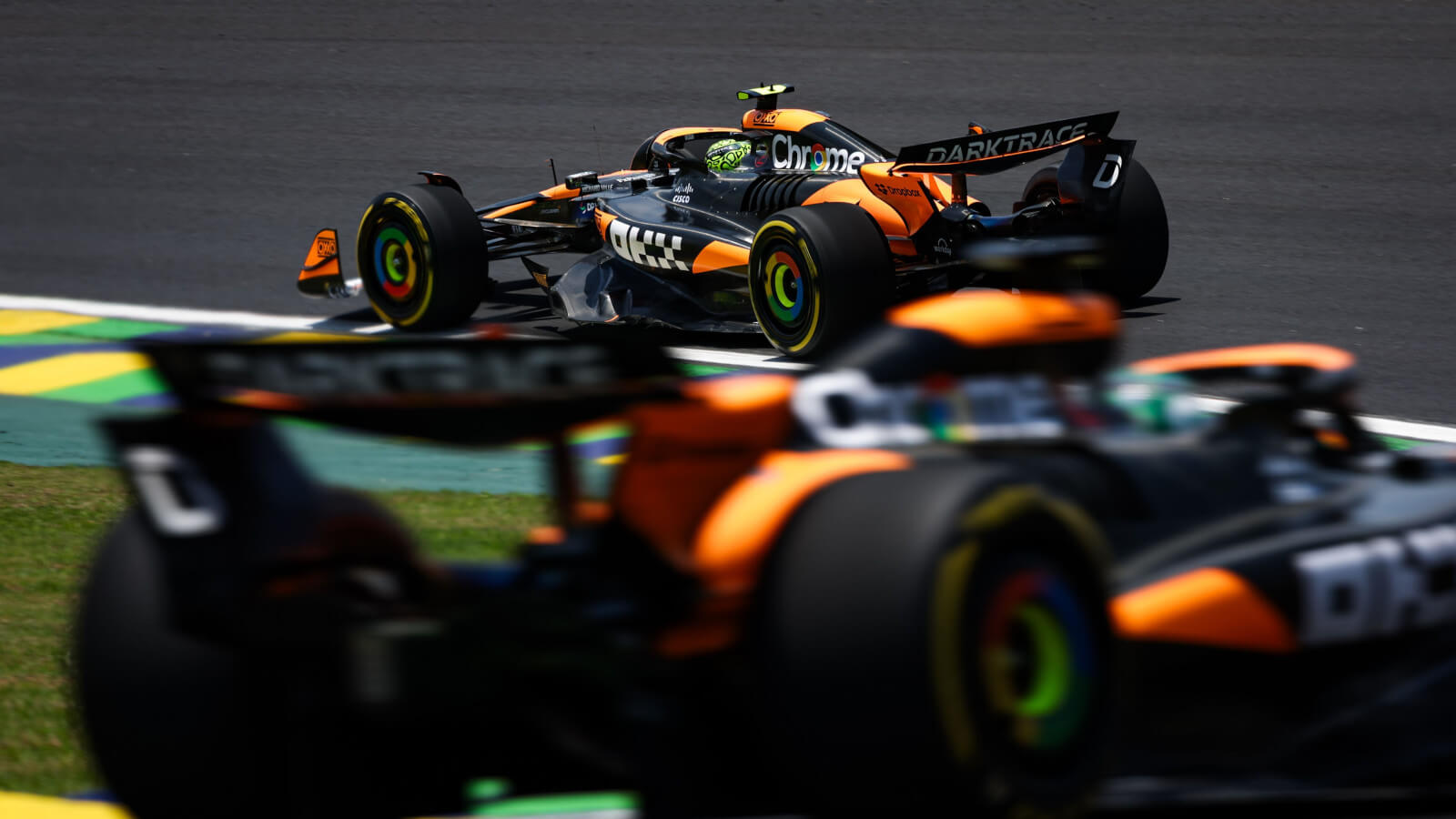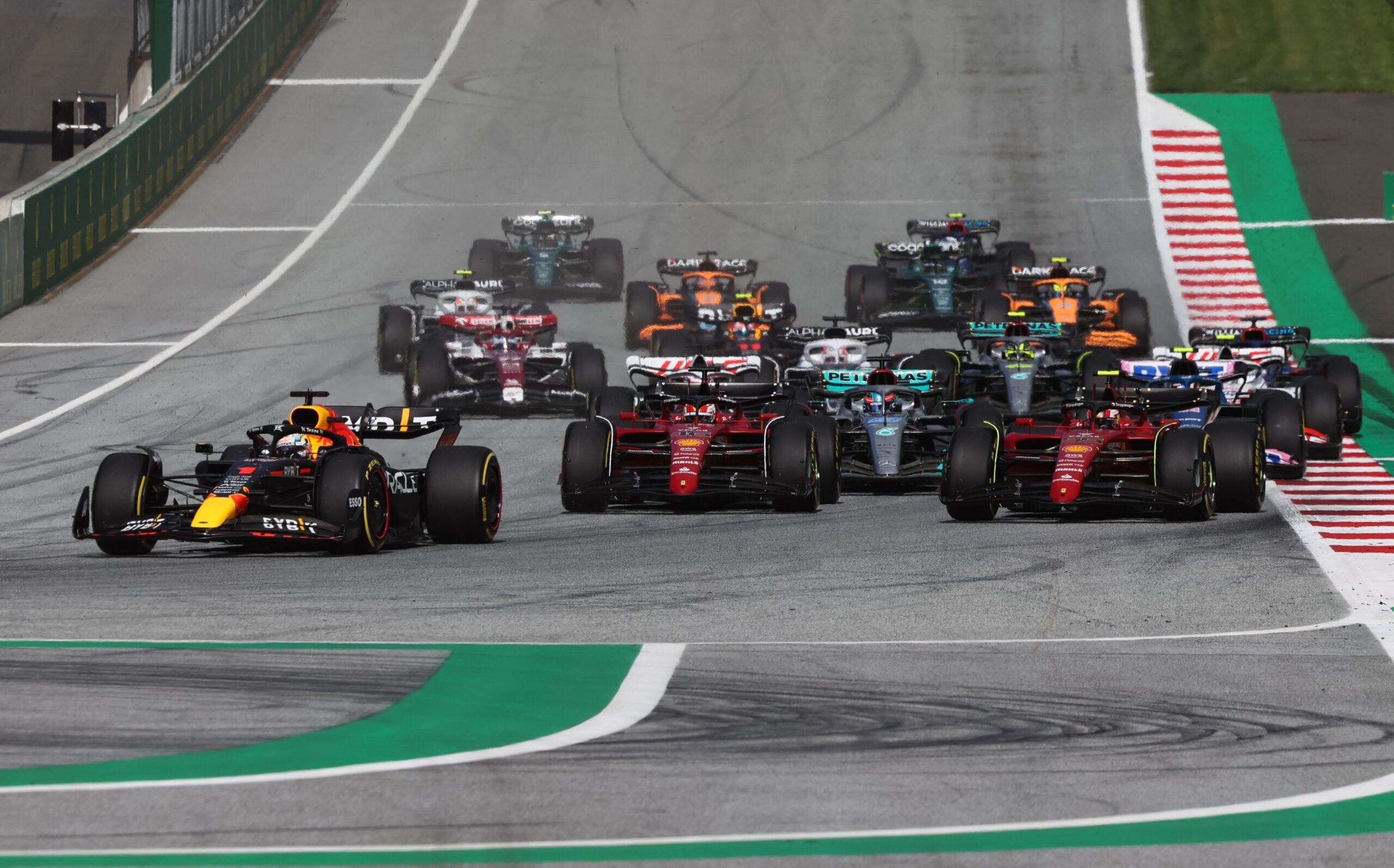The world of Formula 1 is a thrilling vortex of speed, strategy, and high-stakes competition, and the Sprint format has added a distinctive layer of excitement to race weekends. As we delve into the 2024 F1 Sprint, particularly the recent Qatar Sprint held on November 30, this article provides an in-depth analysis of key highlights, strategic dynamics, and future trends while addressing common questions surrounding this unique racing format. The Excitement of the 2024 F1 Sprint: Highlights, Insights, and Future Trends :
What is the F1 Sprint Format?
The F1 Sprint was introduced in 2021 as a way to enhance race weekends and engage fans more deeply with shorter, action-packed races. Sprint races are typically held on Saturdays and span approximately 100 kilometers, roughly one-third the distance of a full Grand Prix race. The format is designed to deliver intense competition with less focus on complex strategies that characterize longer races.
Key Features of the F1 Sprint:
Distance and Duration: Each Sprint lasts for about 30 minutes, creating an atmosphere ripe for overtaking and strategic maneuvers.
Points Distribution: Points are awarded to the top eight finishers, with the winner receiving eight points, down to one point for eighth place. This system emphasizes aggressive racing as drivers vie for crucial championship points.
Qualifying: The grid for the Sprint is determined by a separate qualifying session held the day prior, making every aspect of the weekend essential for success.
Highlights from the 2024 Qatar Sprint
The 2024 Qatar Sprint at the Lusail International Circuit marked a pivotal event in the ongoing championship battle. This race was not merely about speed; it was a test of team dynamics, strategic planning, and the sheer will to win.
Lando Norris and Oscar Piastri’s Masterclass
McLaren teammates Lando Norris and Oscar Piastri showcased exceptional teamwork, finishing in a stunning 1-2 formation. Norris led the race’s first segments, but in an unexpected turn of events, he relinquished the lead to Piastri in a spectacular last-lap maneuver reminiscent of classic racing tactics.
Strategy Unfolded: From the start, Norris held his ground under immense pressure from rivals, including George Russell of Mercedes. As the race progressed, Norris strategically controlled the pace, allowing Piastri to benefit from the DRS (Drag Reduction System) behind him, crucially affecting tire management and speed dynamics.
The Final Moments: In a remarkable display of camaraderie and tactical ingenuity, Norris slowed down in the last corner to allow Piastri to take the lead and secure victory, highlighting the team-oriented approach both drivers adopted.
Engine Rivalries and Competitive Team Dynamics
As other teams vied for supremacy, the race also underscored intense rivalries—particularly between McLaren and Ferrari. The close battle for championship points seesawed throughout the race, with Carlos Sainz and Charles Leclerc fighting to secure valuable finishing places.
Ferrari’s Chase: Sainz finished in a respectable fourth place, closely followed by teammate Leclerc. Their performance, while commendable, faced challenges from the aggressive driving styles of the leading McLaren duo.
Mercedes’ Positioning: Despite an impressive qualifying session, Russell had to settle for third, leaving him and the Mercedes team analyzing potential adjustments for the Grand Prix following the Sprint’s conclusion.
The Evolution of F1 Sprints
Since its debut, the F1 Sprint format has evolved significantly as the Formula 1 management continually strives for adaptability. The 2024 season revealed the latest changes designed to optimize competition.
Changes in the 2024 Format
Extended Practice Sessions: This season saw the introduction of a longer practice window before qualifying, allowing teams to tune their cars better and reduce the risk of mechanical failures during the high-stress environment of the Sprints.
Revised Scoring System: The points structure and the importance of qualifying positions remain pivotal, reinforcing the need for consistent performance across both sprint and grand prix sessions.
Increased Fan Engagement: The F1 organization has focused on enhancing the spectator experience through improved access to live broadcasts, team insights, and strategies, effectively utilizing social media platforms to engage a wider audience.
Insights into Team Strategies and Driver Performance
As witnessed in the recent Qatar Sprint, the interplay between team strategies and individual driver decisions plays a significant role in achieving success.
Team Dynamics at Play
Collaboration vs. Competition: The relationship between teammates can be a double-edged sword—while collaboration can secure victories, tension may arise when drivers seek to outperform one another. McLaren’s approach this season has exemplified how effective teamwork leads to mutually beneficial outcomes.
Tactical Maneuvers: Teams now employ data analytics heavily to inform their strategies, preemptively adjusting race setups based on opponents’ practices and qualifying results. The importance of real-time data increases as races unfold quickly.
Driver Mentality and Adaptability
 Drivers must maintain a mental agility to adapt strategies mid-race based on performance and tire wear, an area where talent separates the best from the rest. The capacity to remain calm under pressure, particularly as strategies unfold, is paramount for a driver’s success.
Drivers must maintain a mental agility to adapt strategies mid-race based on performance and tire wear, an area where talent separates the best from the rest. The capacity to remain calm under pressure, particularly as strategies unfold, is paramount for a driver’s success.
The Future of F1 Sprint Races
As we look toward the future of F1 Sprints, the excitement they generate and the competitive spectacle they provide suggest that they will remain integral to the Formula 1 experience.
Potential Innovations
Track Evolution: With considerations for track surfaces and evolving environmental conditions, future races may see innovations in tire technology adapted specifically for Sprint races.
Enhanced Viewer Interaction: The integration of augmented reality (AR) and improved broadcast graphics could enhance the viewer experience, allowing fans to visualize strategies and in-race data live.
Marketing and Growth Opportunities
The unique nature of the Sprint format presents numerous marketing and branding opportunities for teams, sponsors, and the F1 organization. As interest grows, expanding into new markets and regions will become crucial not only for enhancing fan engagement but also for promoting the sport globally.
Frequently Asked Questions (FAQs)
1. What is the purpose of F1 Sprints?
F1 Sprints aim to create more action-packed racing experiences during race weekends, allowing fans to enjoy competitive driving while enabling drivers to earn additional points toward the championship.
2. How are points awarded in an F1 Sprint?
Points are awarded to the top eight finishers of the Sprint race: 1st place receives eight points, down to one point for 8th place.
3. How does the qualifying process work for Sprints?
Sprint qualifying takes place on the Friday before a Sprint race and determines the starting grid. It uses a three-part session format similar to traditional qualifying but is adapted for the Sprint distance.
4. Can drivers use team strategies during Sprints?
Yes, team strategies are crucial during Sprint races, with drivers often needing to work together to maximize points and maintain competitive positions.
5. Will the Sprint format continue in future seasons?
Given the popularity and the excitement generated, the Sprint format is expected to remain a feature of the Formula 1 calendar for the foreseeable future, with continued adaptations and improvements.
Conclusion
The 2024 F1 Sprint has undeniably added another layer of excitement to the Formula 1 season, combining strategy, speed, and teamwork in thrilling packages that fuel fan passion and team dynamics. As teams like McLaren take center stage with exemplary teamwork and racing prowess, it emphasizes the dual nature of the Sprint format: as both a standalone event and a critical precursor to the main Grand Prix.
As the F1 landscape continues to evolve with innovations and ever-competitive spirit, fans can look forward to each Sprint race bringing unique narratives and showcases of driving excellence. The future looks bright for the F1 Sprint format, inviting fans to buckle up for more high-octane excitement in the years to come.
The focus on trending keywords such as “2024 Qatar Sprint,” “McLaren F1,” “Oscar Piastri,” and “Lando Norris” enhances the accessibility of this article, ensuring that it meets the interests of a growing audience eager to engage with the thrilling world of Formula 1 racing.







